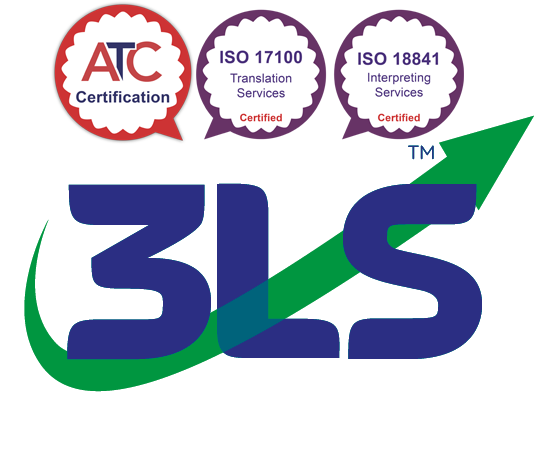Do you know about World Arabic Language Day?
Lifeline has been handling Arabic for over 30 years and has great expertise in this beautiful language – so with World Arabic Language Day taking place on 18 December, we thought it would be nice to explore the language with you just a little.
Arabic – like many Middle Eastern languages and some others such as Urdu – is written right-to-left. And if you aren’t used to working right-to-left – or your system’s aren’t correctly configured to work right-to-left – that means you have a whole new set of things that can and will go wrong! Arabic is so different in fact that the well-known InDesign typesetting package has a whole different ME – or Middle Eastern – variant to handle the many subtle complexities of Arabic layout.
How hard can Arabic layout be? Well…
For starters each letter in Arabic can change its shape depending on where it appears in a word, so it’s critical when typesetting to ensure the right version of the letter is appearing.
Letters can also be routinely omitted; most of the time short vowels are left out in everyday texts as an Arabic reader would understand from the context what the word is without these vowels. The remaining letters may be run together or may be extended – proper presentation of text in Arabic can be almost as important as content.
Such weight is given to presentation in fact that in 2021, Arabic calligraphy was added to UNESCO’s List of Intangible Cultural Heritage (which is an amazing and beautifully-interactive site itself, by the way – well worth a visit)
Among (the many) other things to be aware of is that even though Arabic is written right-to-left, numbers are written left-to-right – which means that if you’re including your phone number, make sure you get it right. Just to further confuse, “Arabic numbering” actually refers to Western-style 0, 1, 2 etc. and should correctly be referred to as “Western Arabic”. The numerals generally used in written Arabic are actually “Eastern Arabic” numbers… and to really confuse, you select their use in e.g. Word by choosing “Hindi” numbering. Go figure.
There’s far more that could be written about this fascinating language, and its many pitfalls, but we just wanted this short post to give you a taster – and also to remind you that Arabic is just one of over 100 languages we handle, with every word being translated, reviewed (and typeset where applicable) by 100% professionally-qualified and experienced mother-tongue linguists. We’ve been doing this for over 30 years and were actually one of the first companies in the UK to offer Arabic typesetting!

